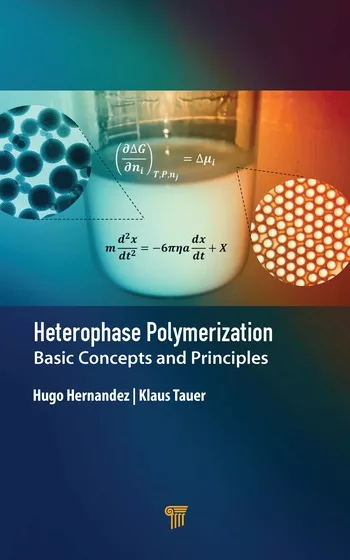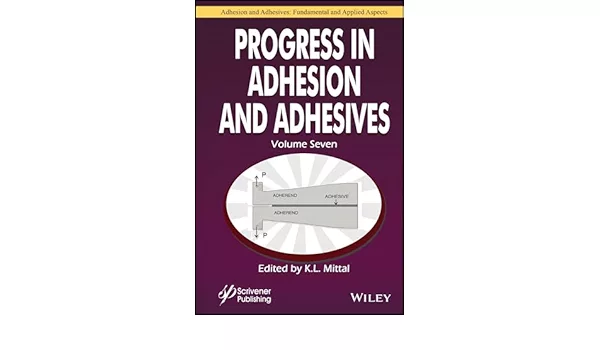Ask Dr. Dave
In his May 2009 column, Dr. Dave Dunn discusses caulking technology and the best epoxies for unique bonding.
Question: Some time ago, you wrote that you were a big fan of silicones for exterior caulking. Is this still the case? I really don’t like them because they’re not easy to paint.
Answer: I am still a proponent of silicones for caulk longevity, but you are certainly correct that most silicones do not accept paint readily. Latex caulks are a paintable alternative but do not have the longevity or joint movement capability of silicones. Moisture-cured polyurethane caulks have been a fast-growing product in this market and are readily paintable after full curing, but curing tends to be slow and adhesion on moist surfaces can sometimes be a problem.
Silane-terminated polyethers, sometimes called modified silicone (MS) polymers, comprise a newer caulking technology of polyurethane or polyether backbones end-capped with silyl groups that cure by reaction with atmospheric moisture, just like silicones. These formulated sealants feature the benefits of polyurethanes and provide better adhesion to many surfaces and faster paintability. They also eliminate residual isocyanates and bubble formation.
Question: I want to bond and seal some rigid PVC-type panels to concrete that will be immersed in water. I’d like to use an epoxy adhesive because of its moisture resistance, but I can’t get good adhesion to the PVC. Do you have any advice?
Answer: Most rigid epoxies struggle to bond these surfaces, and also to withstand the differences in thermal expansion and contraction of the bonds. Try using a specially formulated flexible epoxy; good grit blasting of the surfaces is necessary, and flame treatment of the PVC is often very beneficial.
Question: Some time ago, you wrote that you were a big fan of silicones for exterior caulking. Is this still the case? I really don’t like them because they’re not easy to paint.
Answer: I am still a proponent of silicones for caulk longevity, but you are certainly correct that most silicones do not accept paint readily. Latex caulks are a paintable alternative but do not have the longevity or joint movement capability of silicones. Moisture-cured polyurethane caulks have been a fast-growing product in this market and are readily paintable after full curing, but curing tends to be slow and adhesion on moist surfaces can sometimes be a problem.
Silane-terminated polyethers, sometimes called modified silicone (MS) polymers, comprise a newer caulking technology of polyurethane or polyether backbones end-capped with silyl groups that cure by reaction with atmospheric moisture, just like silicones. These formulated sealants feature the benefits of polyurethanes and provide better adhesion to many surfaces and faster paintability. They also eliminate residual isocyanates and bubble formation.
Question: I want to bond and seal some rigid PVC-type panels to concrete that will be immersed in water. I’d like to use an epoxy adhesive because of its moisture resistance, but I can’t get good adhesion to the PVC. Do you have any advice?
Answer: Most rigid epoxies struggle to bond these surfaces, and also to withstand the differences in thermal expansion and contraction of the bonds. Try using a specially formulated flexible epoxy; good grit blasting of the surfaces is necessary, and flame treatment of the PVC is often very beneficial.
Links
Looking for a reprint of this article?
From high-res PDFs to custom plaques, order your copy today!






